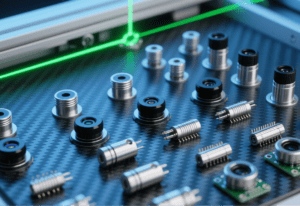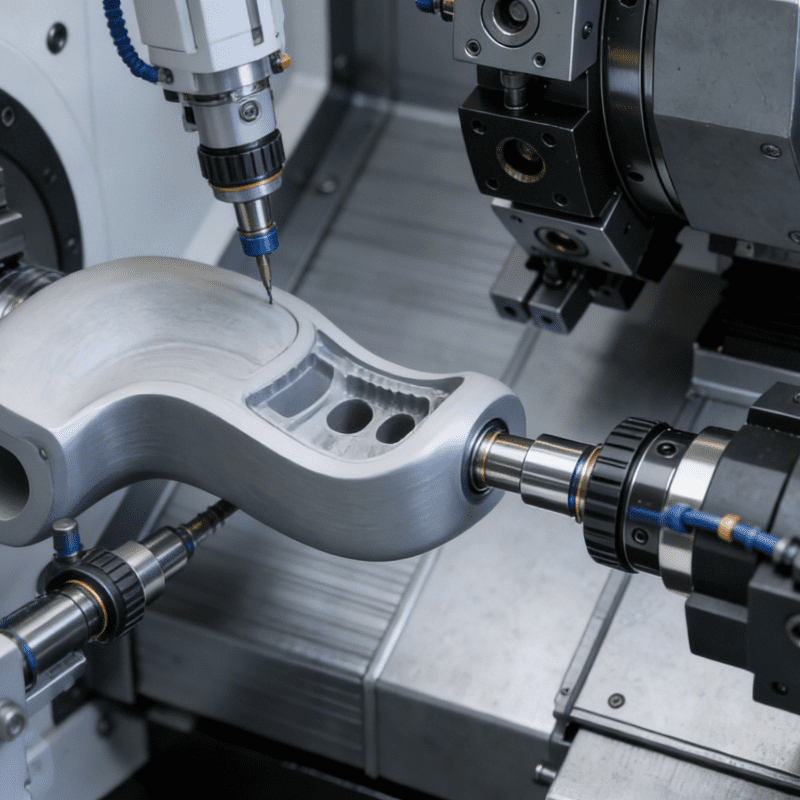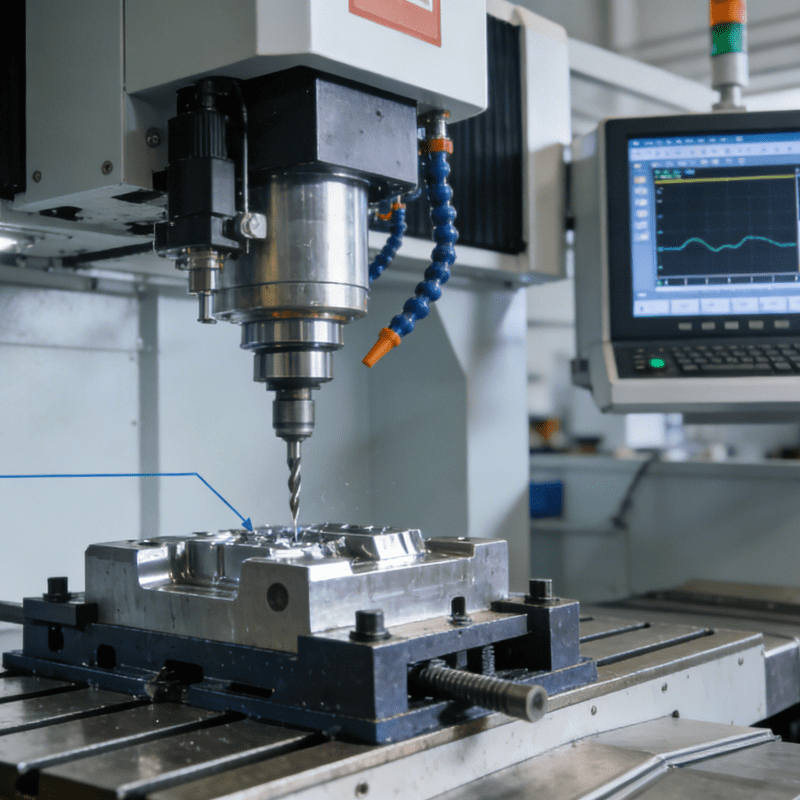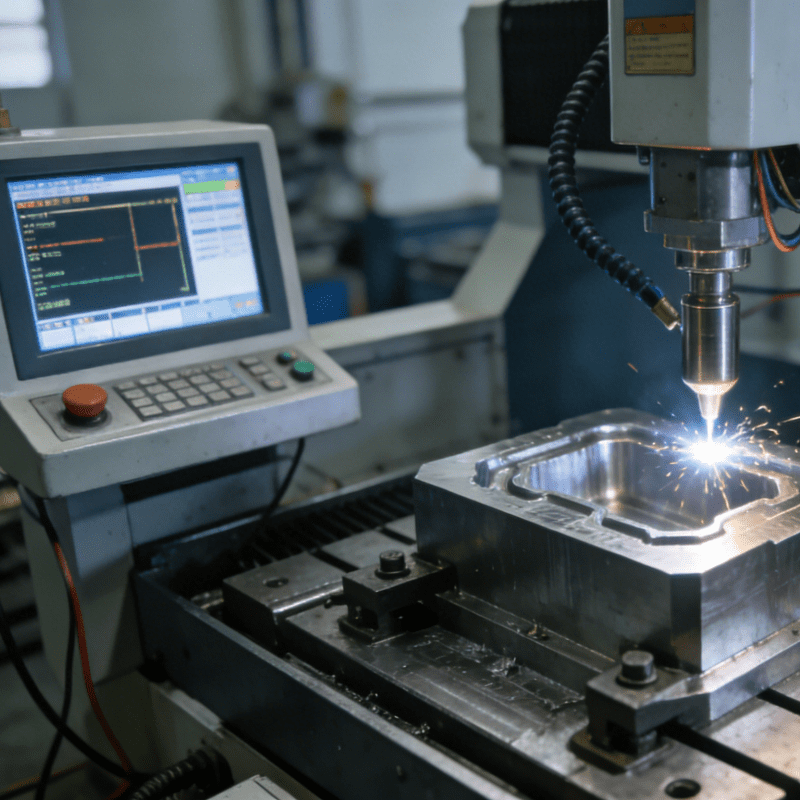Key core components of robots mainly include reducers, controllers, servo systems, sensors, joint modules, etc. The signing of Ecovos Group’s robot manufacturing project has once again drawn public attention back to the track of “key core components of robots”—a somewhat low-key but industry-lifespan-determining track!
On July 28, 2025, the signing ceremony of Ecovos Group’s “Robot Core Components and Robot Body Manufacturing Project” was held in Nanxun, Huzhou. According to Intelligent Manufacturing Network, the project plans to invest 200 million yuan. After production, it is expected to produce about 20 million pieces of various key core components of robots annually, with an output value exceeding 1 billion yuan. It is worth noting that Ecovos Group will be committed to innovating cutting-edge technologies and processes in the field of key transmission components of robots and robot bodies, and will fully integrate Ecovos’ self-developed AI operation capabilities to lay out a manufacturing ecosystem.
The signing of Ecovos Group’s robot manufacturing project has once again drawn public attention back to the track of “key core components of robots”—a somewhat low-key but industry-lifespan-determining track!
Key core components of robots mainly include reducers, controllers, servo systems, sensors, joint modules, etc.
Reducers play a key role in the robot’s motion transmission chain, with the main functions of reducing the motor speed and increasing torque. Common types include RV reducers, harmonic reducers, planetary reducers, and cycloidal pinwheel reducers.
Controllers, known as the “brain” of robots, consist of hardware and software, including processors, various communication interfaces, and multi-axis motion control algorithms. With the rapid development of artificial intelligence technology, controllers are evolving towards intelligence and flexibility, with functions such as learning and adaptive adjustment.
Servo systems generally consist of three parts: servo motors, servo drives, and encoders. They execute controller instructions to achieve closed loops of position, speed, and torque.
Sensors endow robots with the ability to perceive the external environment, with a variety of types such as visual sensors, position sensors, force sensors, and tactile sensors, meeting the perception needs of robots in different scenarios. As the application scenarios of robots continue to expand, the demand for miniaturization, precision, low cost, and mass production of sensors is gradually increasing.
In recent years, China’s robot industry has developed rapidly. Driven by policy support, market demand, and technological innovation, significant progress has been made in the field of key core components of robots.
Among them, the independent research and development capabilities of reducers have been greatly improved. The performance of domestic reducers has gradually approached the international advanced level, effectively reducing dependence on imported reducers. In terms of servo motors, domestic enterprises have achieved transformation from low-end to mid-to-high-end through continuous technological research. In addition, in the field of controllers, domestic enterprises are strengthening independent research and development, promoting the development of controllers towards intelligence and networking, and improving the autonomous decision-making and execution capabilities of robots.
At present, China has formed a relatively complete robot industry chain, covering all links of the robot industry from upstream R&D and production of core components, to midstream robot body manufacturing, and downstream system integration and application.
The successful implementation of Ecovos Group’s robot project will not only further consolidate its position in the intelligent robot industry but also reflect the vitality and unlimited potential of the field of key core components of robots. It is believed that relying on advantages in policies, markets, technologies, industries, and other aspects, China’s key core components of robots will continue to achieve breakthroughs in future development, lay a solid foundation for China’s robot industry to move towards the middle and high end of the global value chain, and promote the wide application of robots in more fields.
How to optimize the performance of flexible assembly systems
The market size and development trends of flexible assembly systems




















